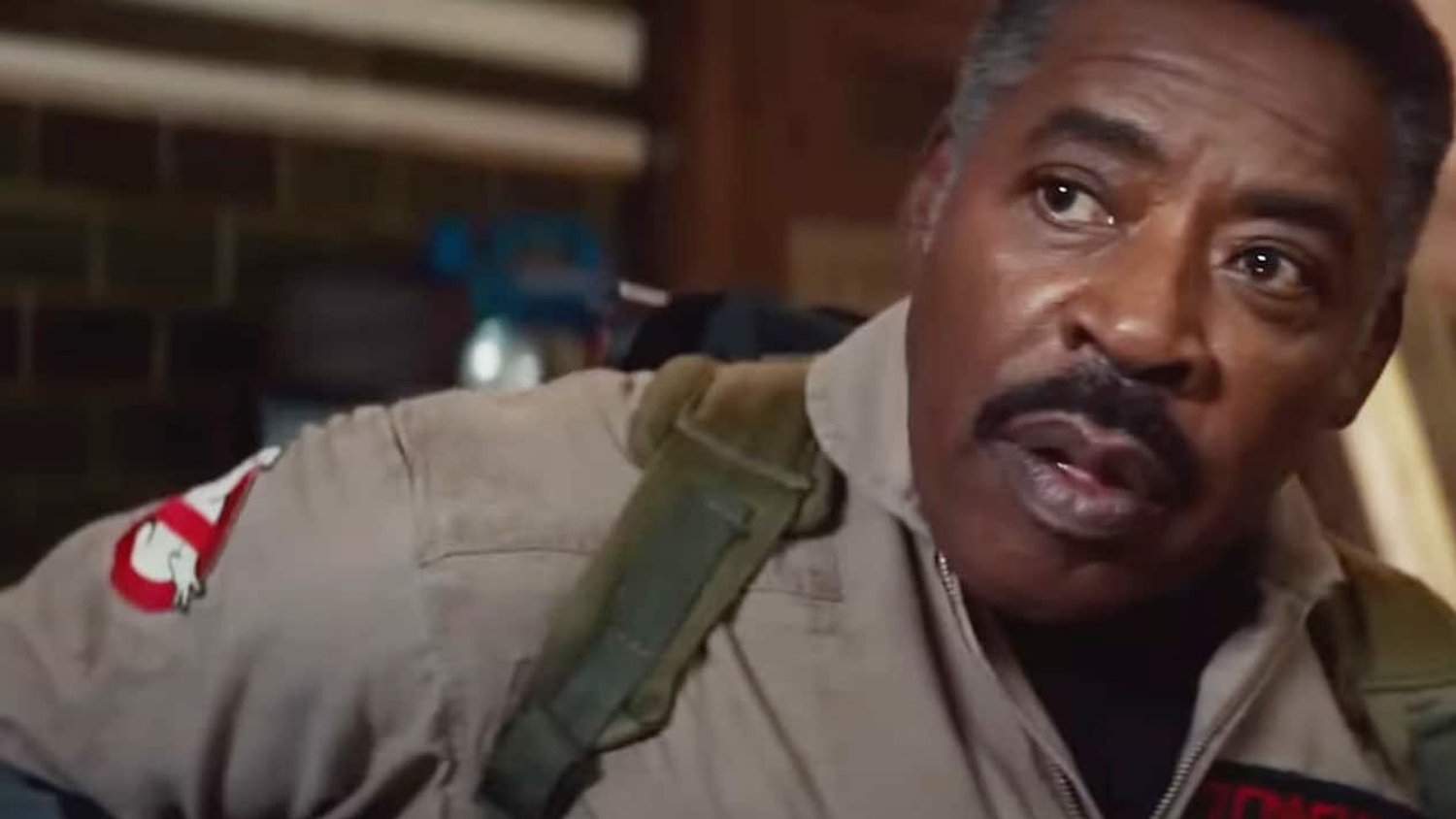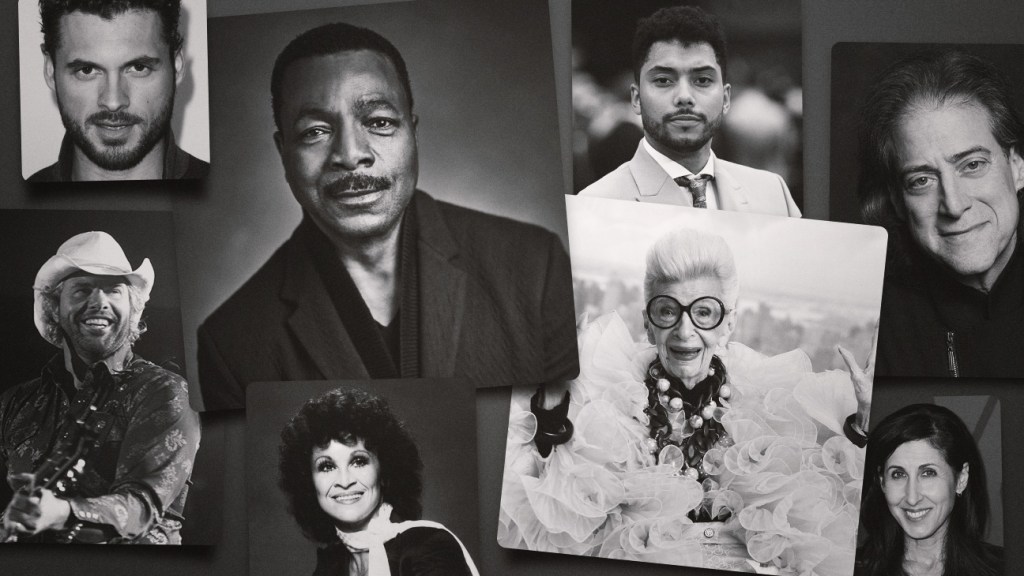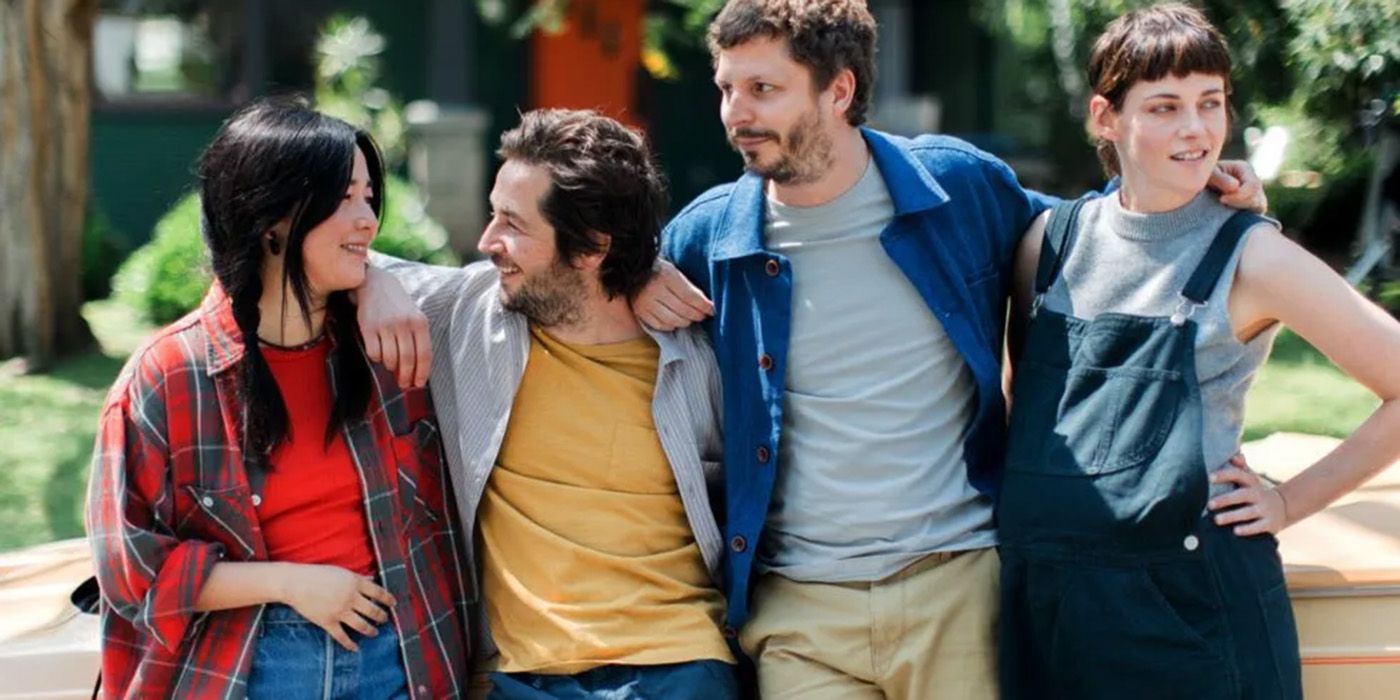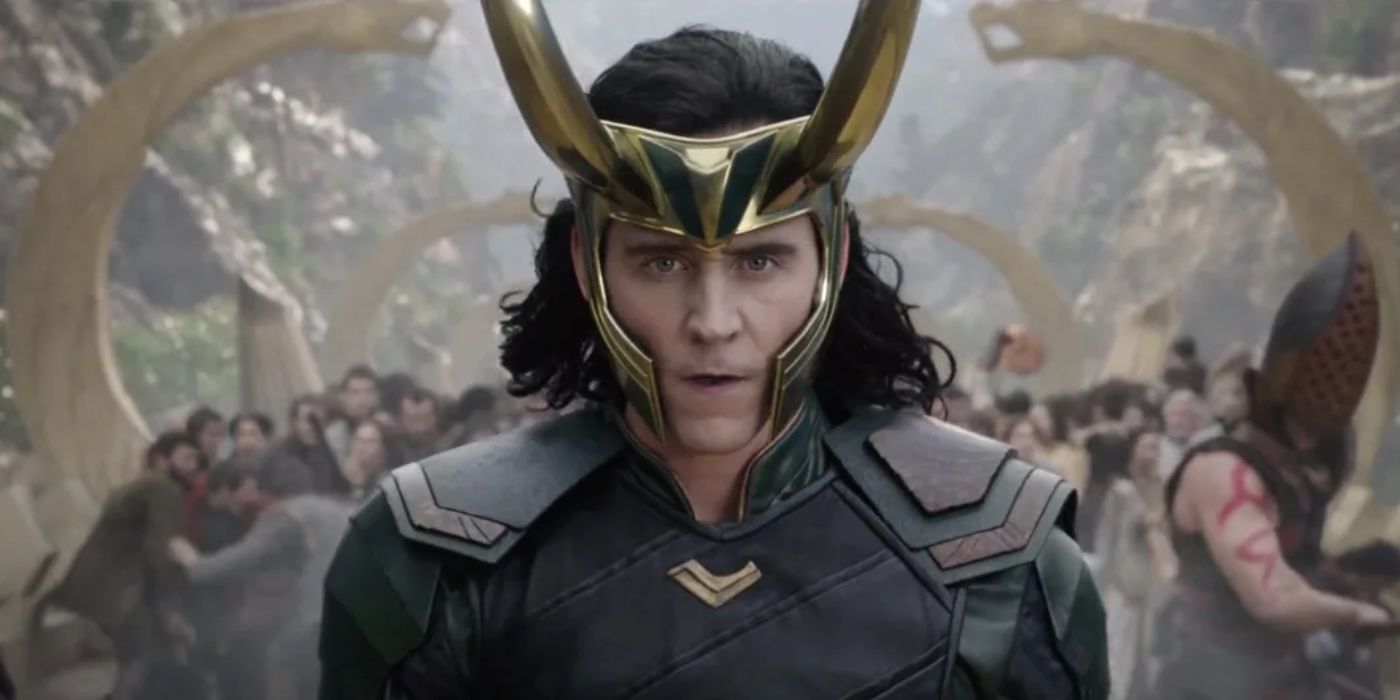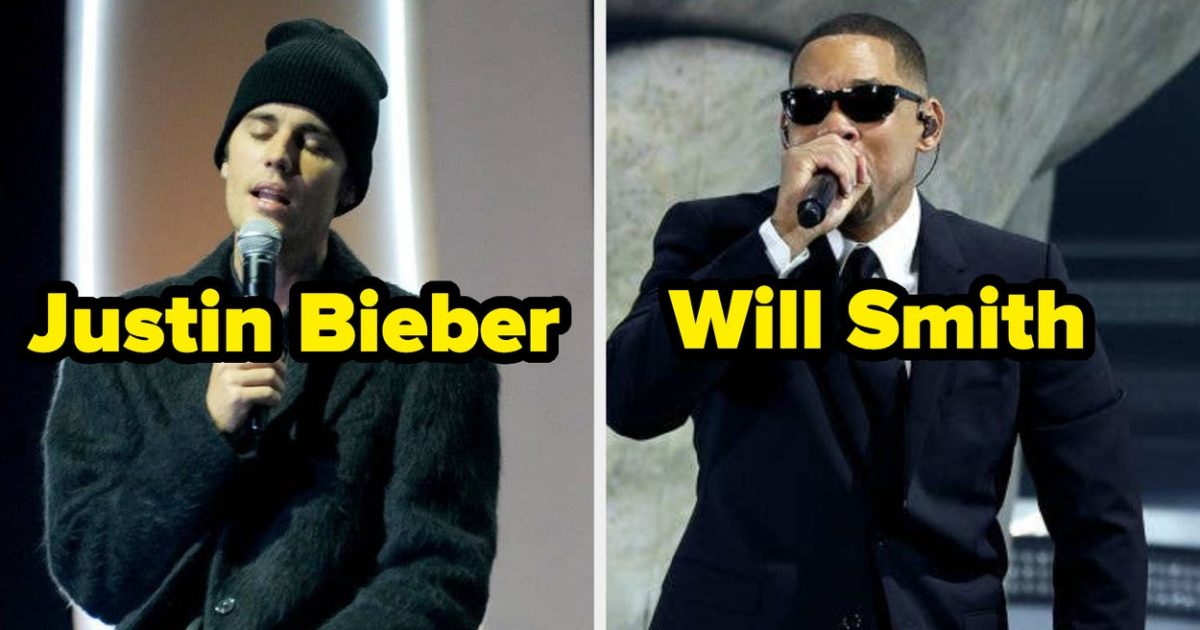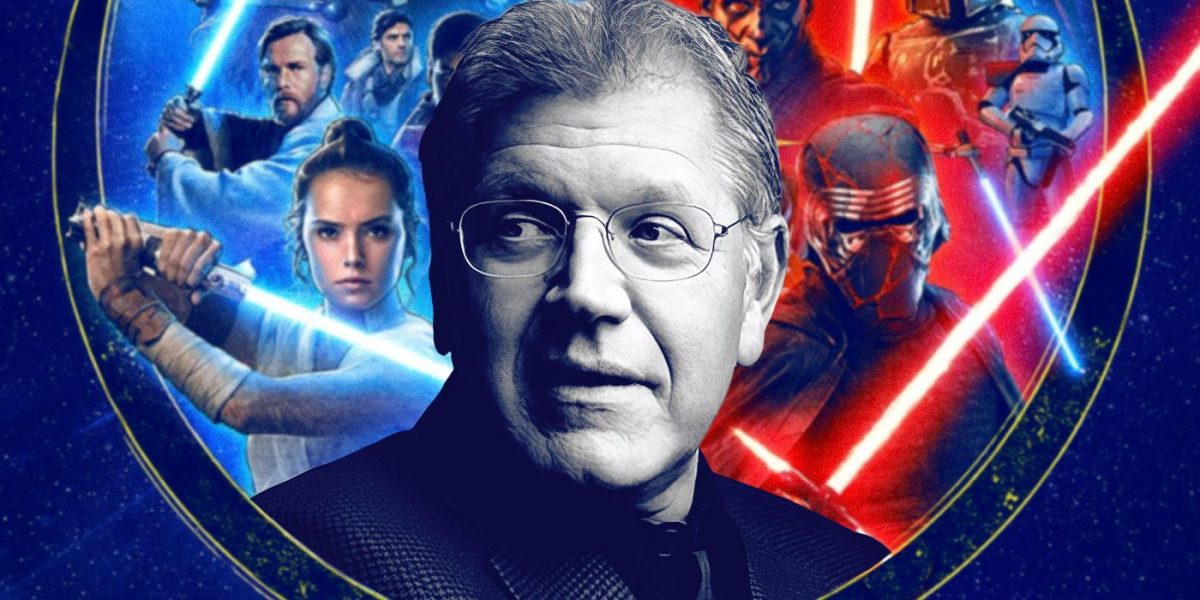
What Would Robert Zemeckis’ ‘Star Wars’ Movie Have Looked Like?
Mar 6, 2023
While the Star Wars franchise is now at the point of overexposure, it’s easy to forget what a massive cultural event Star Wars: Episode I – The Phantom Menace was when it first hit theaters in 1999. The first Star Wars theatrical film in 16 years was bound to generate excitement, and a new generation of fans had just gotten hooked on the saga after the original trilogy was re-released in theaters for the Special Editions in 1997 with reworked special effects and added computer generated-imagery (much of which was controversial with fans). The production, writing, casting, and filming process behind The Phantom Menace was subject to heavy speculation, as the prospect of George Lucas’ first directorial effort in over two decades was set to include some of the most groundbreaking visual effects in history. Lucas wouldn’t be blamed for feeling overwhelmed, which is why he nearly handed over the directorial baton to his lifelong friend Robert Zemeckis.
Lucas had had a personally challenging history with directing. He had been met with burdensome filming circumstances throughout his career, as his first two films THX-1138 and American Graffiti had suffered from serious studio interference, leading to his strong distrust of working with corporations. Lucas’ intent to make A New Hope under his independent Lucasfilm company led to many disastrous shooting scenarios, which got so stressful that he collapsed on set and had to be hospitalized. Lucas subsequently swore off directing, and decided to pass off the duties for The Empire Strikes Back and Return of the Jedi to Irvin Kershner and Richard Marquand, respectively. With The Phantom Menace, Lucas was nervous about repeating the same experience and facing such massive expectations, so he considered reaching out for outside help.
Lucas had his skepticisms about bringing in a younger filmmaker to direct The Phantom Menace, as the process of training an up-and-comer on the extensive technical wizardry would be more time-consuming than directing the film himself. However, bringing in a close friend with experience in complex VFX work was appealing to him. Lucas reached out to Ron Howard, Steven Spielberg, and Zemeckis about the possibility of stepping in. Zemeckis turned down the offer, suggesting that Lucas direct the film himself (as he eventually did). However, the possibility of Zemeckis’ contributions to the Star Wars franchise offer a fascinating alternate history.
RELATED: What Would Josh Trank’s Planned ‘Star Wars’ Movie Have Looked Like?
Why Robert Zemeckis Was Considered For ‘The Phantom Menace’
Image via Lucasfilm
Of the three potential filmmakers Lucas approached for The Phantom Menace gig, Zemeckis is the only one whom he hadn’t previously collaborated with. Lucas and Spielberg worked together on the Indiana Jones franchise, and a young Howard acted in American Graffiti before directing Willow. However, Zemeckis was among the same group of directors who frequently met to discuss innovations in their craft; other members included Brian De Palma, Francis Ford Coppola, Martin Scorsese, James Cameron, and later Peter Jackson.
While Zemeckis was not part of the first wave of “New Hollywood” filmmakers like Lucas and Coppola, he became a close collaborator with Spielberg during the beginning of his career. After contributing to the screenplay for Spielberg’s 1979 war comedy 1941, Zemeckis directed the Spielberg-produced Back to the Future trilogy; perhaps his success in retaining his artistic vision for a highly successful science fiction blockbuster series signified to Lucas that he would be up to the task of shepherding a new Star Wars trilogy.
Robert Zemeckis’ Use of Visual Effects
One of the most pressing concerns for The Phantom Menace was the film’s extensive use of groundbreaking computer-generated imagery. Part of the reason that Lucas had waited so long in between the two trilogies was that he felt that CGI was not quite fully realized. However, the 1990s introduced groundbreaking achievements in creating digital characters and creatures, particularly in Cameron’s Terminator 2: Judgment Day and Spielberg’s Jurassic Park. Zemeckis’ work in VFX certainly spoke for itself.
The integration of cartoon characters within a live-action world in Who Framed Roger Rabbit was virtually unheard of at the time of the film’s release, and Zemeckis continued to integrate CGI characters in his later work. Between blue screen technology on Death Becomes Her, the editing of historical footage in Forrest Gump, and the mind-bending climax of Contact, Zemeckis had often pushed pre existing boundaries concerning integration. This was of pressing concern to Lucas, as The Phantom Menace was set to include the first fully-formed CGI supporting character in a live-action film with Jar Jar Binks.
Although he ultimately passed on the offer, Zemeckis ended up leading his own digital revolution in the 21st century with his work in motion-capture animation. Zemeckis’ creation of life-like animated characters in The Polar Express, Beowulf, and A Christmas Carol were just as controversial among audiences as Lucas’ overreliance on CGI in the Star Wars prequel trilogy.
What a Robert Zemeckis ‘Star Wars’ Could Have Looked Like
The prospect of having a different filmmaker behind the prequel trilogy is an intriguing one, as many of the prequels’ harshest critics have claimed that Lucas’ lack of detractors made him impervious to criticism. Among the most commonly cited issues with all three films are the confusing storylines and awkward editing choices, which may have been smoothed over by someone like Zemeckis who had more recent experience. Lucas had only just begun directing again after shooting new scenes for the 1997 Star Wars special editions, but Zemeckis had rarely taken breaks between films since his 1978 debut feature I Wanna Hold Your Hand.
Zemeckis is also regarded as one of the few filmmakers who can integrate incredible visual effects work without sacrificing characterization. While the inception of Jar Jar itself is an incredible achievement, Zemeckis’ creation of an engaging relationship between Eddie Valiant (Bob Hoskins) and the titular character (Charles Fleischer) in Who Framed Roger Rabbit has stood the test of time much longer.
Perhaps Zemeckis would have led the prequels down a different path, but his refusal allowed him to make many modern classics like Cast Away and Flight. Like Lucas, the quality of Zemeckis’ work is all over the place; he could end up directing something as daring as Allied, or a film as disastrous as last year’s Pinocchio. The quality of a new Zemeckis film is never guaranteed, but it’s never going to be boring.
Publisher: Source link
Kesha Changes Tik Tok Lyric During Coachella Appearance
I love women so much like you don’t understand how important kesha and reneé rapp are to me. I listened to tiktok on my hello kitty mp3 player on the way to school every morning and now I listen to…
Apr 19, 2024
Free People Sale Finds Under $50 You Won’t Regret Adding to Your Cart
We independently selected these deals and products because we love them, and we think you might like them at these prices. E! has affiliate relationships, so we may get a commission if you purchase something through our links. Items are…
Apr 19, 2024
Olivia Rodrigo Joined No Doubt, And Many, Many Other Artists Had Surprise Cameos At Coachella 2024
This year had some of the best surprise guests.View Entire Post › Disclaimer: This story is auto-aggregated by a computer program and has not been created or edited by filmibee.Publisher: Source link
Apr 18, 2024
Cute Kate Spade Mother’s Day Gifts That’ll Make You the Favorite
We independently selected these deals and products because we love them, and we think you might like them at these prices. E! has affiliate relationships, so we may get a commission if you purchase something through our links. Items are…
Apr 18, 2024
